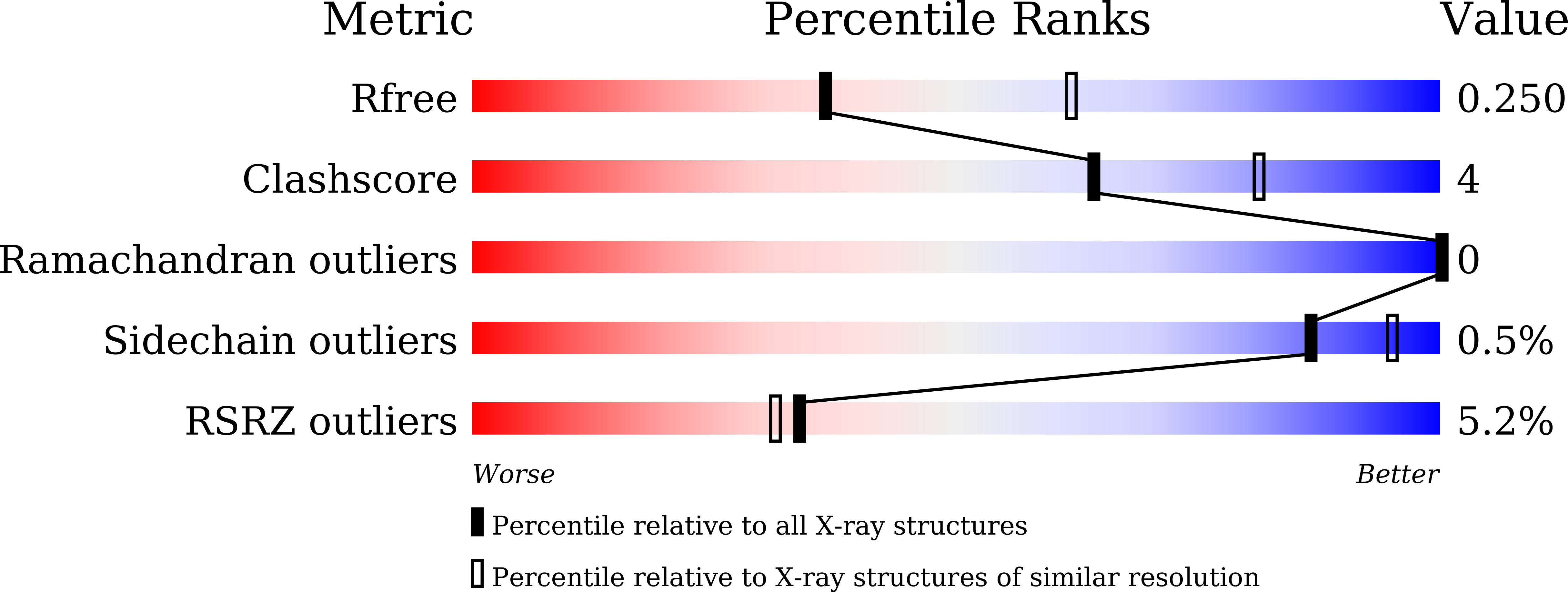
Deposition Date
2024-06-06
Release Date
2025-02-05
Last Version Date
2025-02-05
Entry Detail
PDB ID:
8ZT3
Keywords:
Title:
N-acetyltransferase SbzI in the biosynthesis of altemicidin
Biological Source:
Source Organism:
Streptomyces sp. (Taxon ID: 1931)
Host Organism:
Method Details:
Experimental Method:
Resolution:
2.50 Å
R-Value Free:
0.25
R-Value Work:
0.20
R-Value Observed:
0.20
Space Group:
P 1


